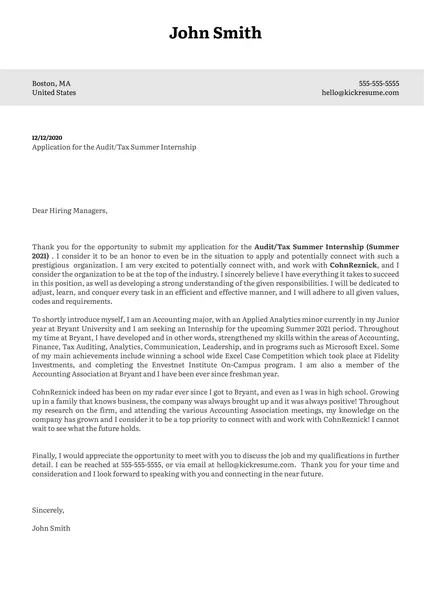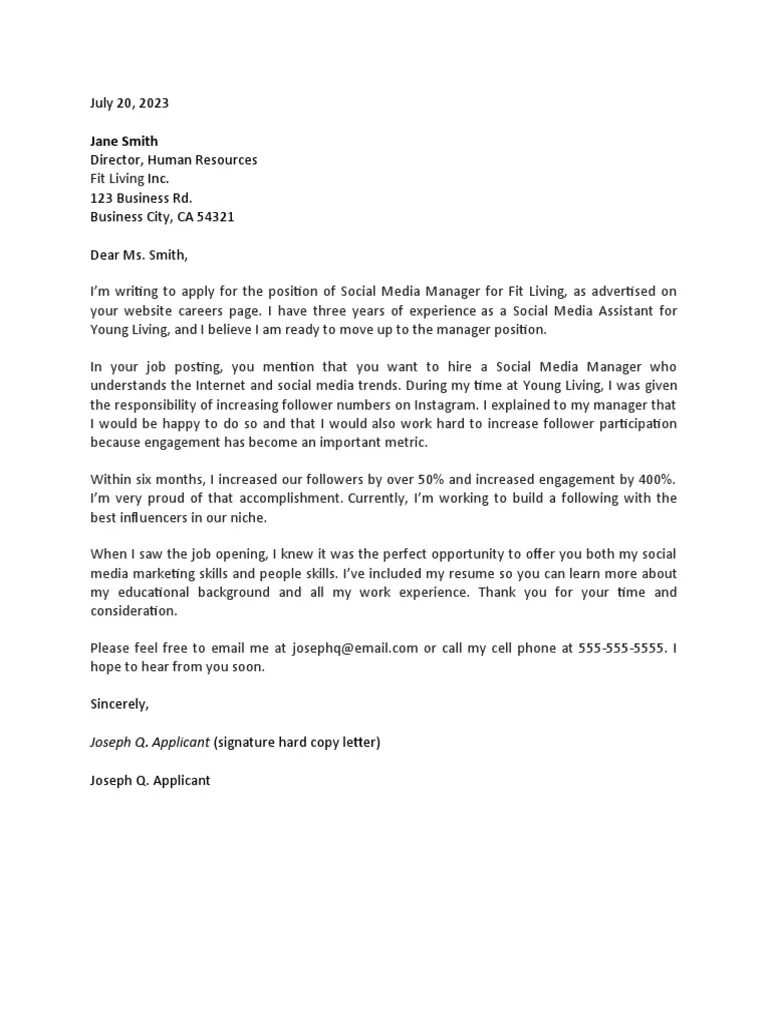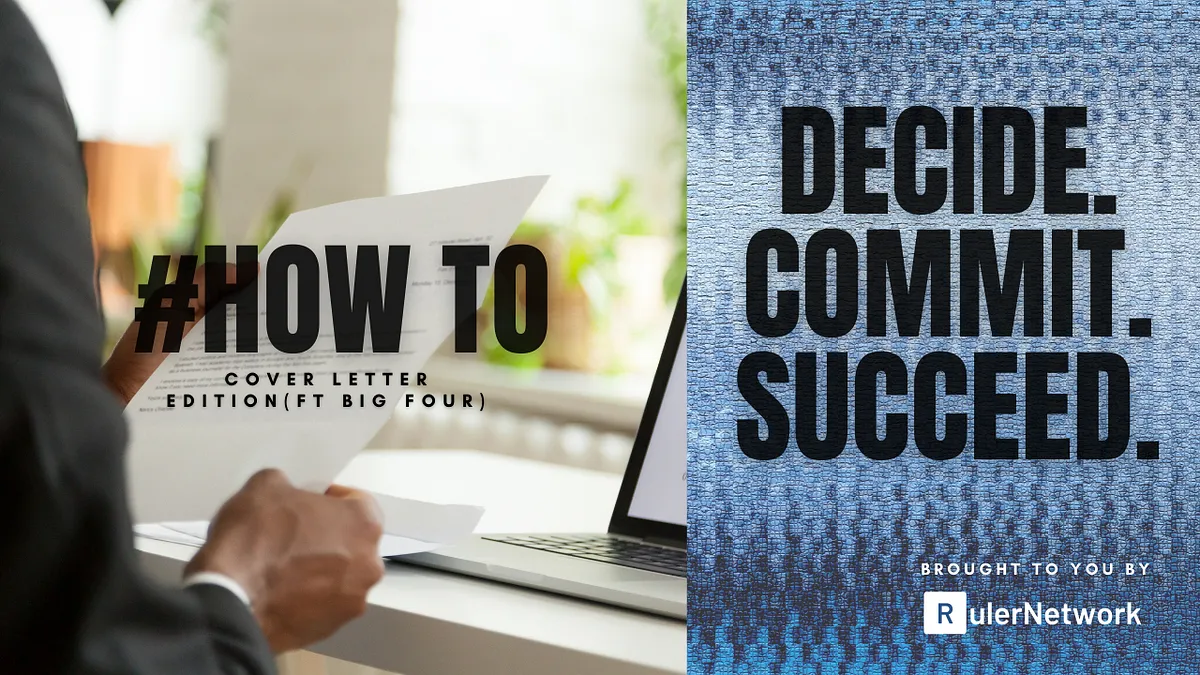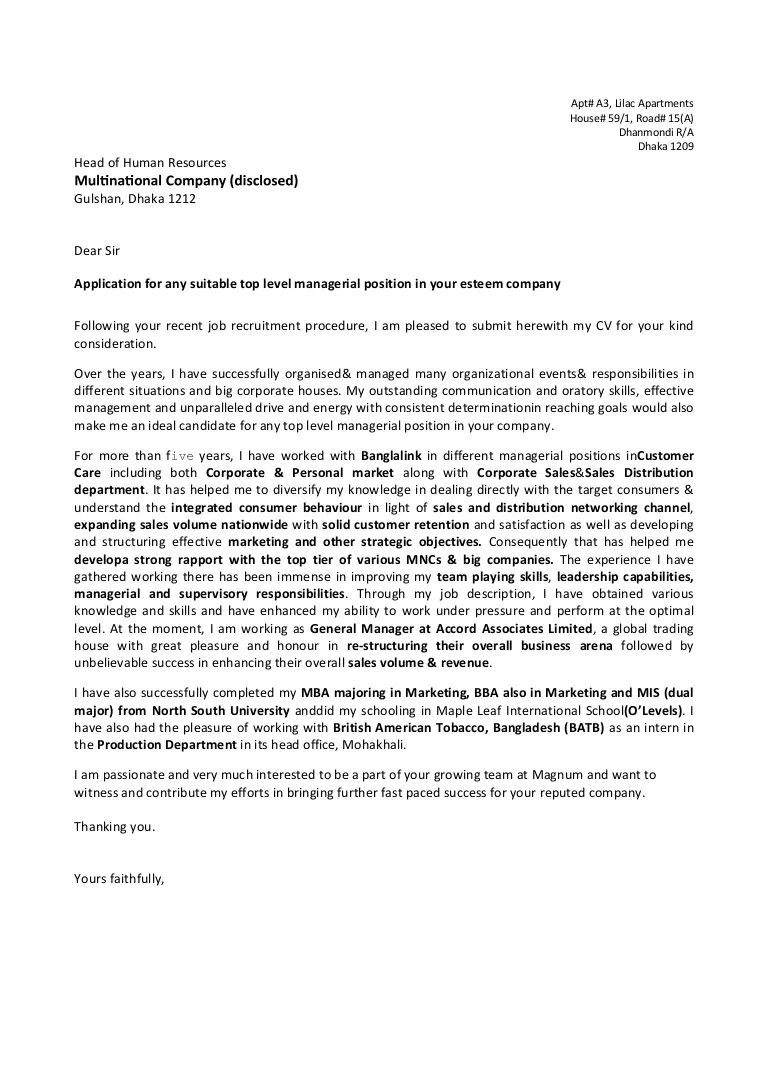Securing a position at one of the Big 4 accounting firms – Deloitte, EY, KPMG, or PwC – is a significant career achievement. A well-crafted cover letter is your first impression, setting the stage for success. This guide provides the top 7 tips to help you write a cover letter that captures the attention of recruiters and increases your chances of landing an interview. By focusing on these key areas, you can demonstrate your understanding of the Big 4’s expectations and showcase your unique qualifications.
Crafting a Powerful Cover Letter for Big 4
The cover letter is more than just a formality; it’s your opportunity to make a strong first impression. It should be concise, compelling, and tailored to the specific firm and role. Avoid generic templates; instead, personalize your letter to reflect your understanding of the company’s values and the requirements of the position. A well-written cover letter demonstrates your attention to detail, communication skills, and genuine interest in the firm, all of which are crucial for success in the competitive environment of the Big 4.
Understanding the Big 4’s Expectations
Each Big 4 firm has its own unique culture and values, although they share common traits like a focus on client service, teamwork, and professional development. Understanding these expectations is essential for aligning your cover letter with their needs. Researching the firm’s values, mission, and recent projects helps you tailor your letter to resonate with the hiring managers. Demonstrating this understanding shows that you are serious about joining their team and ready to contribute to their success. Be aware of the specific requirements for the role you are applying for, and address those requirements directly in your cover letter.
Researching the Firm’s Values

Before you start writing, delve into the firm’s website, social media profiles (LinkedIn, etc.), and any available news articles or reports. Look for information about their core values, recent initiatives, and the types of clients they serve. Identify keywords and phrases that reflect the firm’s culture and incorporate them into your cover letter where appropriate. For example, if a firm emphasizes innovation, highlight your experience with creative problem-solving. If teamwork is a priority, provide examples of successful collaborations. Tailoring your cover letter this way demonstrates your understanding of the firm and your potential to thrive in its environment. This also demonstrates you did your homework.
Tailoring Your Cover Letter
A generic cover letter is unlikely to impress Big 4 recruiters. Tailor your letter to the specific position and the firm you are applying to. Use the job description as a guide to identify the key skills and qualifications the firm is seeking. Then, highlight your relevant experiences and achievements in a way that demonstrates how you meet those requirements. Customize your letter for each application, demonstrating that you are genuinely interested in the specific role and understand what the firm is looking for. This level of personalization shows that you are committed and dedicated to the opportunity.
Highlighting Relevant Skills
Identify the key skills required for the position, such as analytical thinking, problem-solving, communication, and technical proficiency. Then, provide specific examples of how you have demonstrated these skills in your previous experiences. For instance, if the job requires strong analytical skills, describe a situation where you used data analysis to solve a complex problem. Use action verbs to showcase your skills in an engaging way. For example, instead of saying “I was responsible for,” say “I analyzed financial statements to identify…” or “I led a team to develop…” This approach makes your skills more tangible and memorable. It’s important to tailor the skills based on the job position.
Demonstrating Leadership Experience

Leadership skills are highly valued in the Big 4. If you have experience leading teams, managing projects, or taking initiative, make sure to highlight these experiences. Provide specific examples of how you have demonstrated leadership qualities. For instance, describe a time when you motivated a team to achieve a common goal, resolved a conflict, or successfully managed a project to completion. Quantify your accomplishments whenever possible. For example, “Led a team of five to increase sales by 15% in six months.” This provides concrete evidence of your ability to lead and contribute to the firm’s success. Even if you don’t have formal leadership roles, highlight instances where you took initiative or mentored others.
Showcasing Your Achievements
Don’t just list your responsibilities; focus on your achievements. What did you accomplish in your previous roles? What results did you achieve? Providing specific examples of your accomplishments is much more impactful than simply stating what you were responsible for. Use the STAR method (Situation, Task, Action, Result) to structure your examples. Describe the situation, the task you were assigned, the action you took, and the result of your actions. This method helps you provide a clear and concise picture of your contributions and their impact. Make sure your achievements are relevant to the role you are applying for.
Quantifying Your Accomplishments
Whenever possible, quantify your accomplishments to make them more impactful. Use numbers, percentages, and other metrics to demonstrate the results of your work. For example, instead of saying “Improved customer satisfaction,” say “Increased customer satisfaction by 20% through the implementation of a new feedback system.” Quantifying your accomplishments provides concrete evidence of your value and impact. This approach demonstrates your ability to measure success and provides a more compelling case for your candidacy. Recruiters are more likely to remember quantifiable achievements.
Using Action Verbs Effectively

Start each bullet point or paragraph describing your accomplishments with a strong action verb. Action verbs make your cover letter more dynamic and engaging. Some examples include: “Managed,” “Led,” “Developed,” “Implemented,” “Analyzed,” “Resolved,” “Increased,” “Reduced,” and “Improved.” Using action verbs helps you paint a clear picture of your skills and experiences. This also helps you create a sense of accomplishment and demonstrate initiative. Action verbs are an essential tool for writing an impactful cover letter.
Formatting and Presentation
The format and presentation of your cover letter are just as important as the content. Ensure your cover letter is easy to read, well-organized, and visually appealing. Use a professional font, consistent formatting, and clear headings and subheadings to guide the reader. Pay attention to the layout, including margins, spacing, and paragraph breaks. A well-formatted cover letter shows attention to detail and professionalism, which are important qualities in the Big 4.
Keeping it Concise and Clear
Keep your cover letter concise and to the point. Recruiters are busy and appreciate brevity. Aim for one page and focus on the most relevant information. Use clear and concise language to convey your message effectively. Avoid jargon and overly complex sentences. Ensure your cover letter is easy to read and understand. A clear and concise cover letter demonstrates your ability to communicate effectively, which is a key skill in the Big 4.
Proofreading Meticulously

Proofreading your cover letter is essential. Errors in grammar, spelling, or punctuation can create a negative impression and undermine your credibility. Carefully review your cover letter multiple times, and consider asking a friend or career counselor to review it as well. Pay close attention to details, such as dates, company names, and the job title. Even small errors can make a significant difference in how your application is perceived. Proofreading demonstrates your attention to detail and your commitment to excellence, both highly valued qualities in the Big 4.
Closing with Confidence
Your closing should leave a positive and lasting impression. Express your enthusiasm for the opportunity and reiterate your interest in the position. Use a professional closing, such as “Sincerely” or “Best regards.” Avoid generic phrases and personalize your closing to reflect your genuine interest in the firm. A strong closing reinforces your qualifications and leaves the recruiter with a positive final impression. It’s your last chance to make a statement.
Expressing Enthusiasm
In your closing, express your genuine enthusiasm for the opportunity. Let the recruiter know why you are excited about the prospect of joining the Big 4 firm. Mention specific aspects of the role or the firm’s culture that appeal to you. Demonstrate that you have done your research and are eager to contribute to their success. Your enthusiasm should be authentic and reflect your genuine interest in the position.
Including a Call to Action

End your cover letter with a clear call to action. This could be a statement inviting the recruiter to contact you for an interview or expressing your availability for a follow-up conversation. Make it easy for the recruiter to take the next step. For example, you might say, “I am eager to discuss my qualifications further and am available for an interview at your earliest convenience.” A clear call to action increases your chances of being contacted for an interview.
By following these top 7 tips, you can create a compelling cover letter that will impress Big 4 recruiters and increase your chances of landing an interview. Remember to tailor your letter to each specific position and firm, highlight your achievements, and proofread carefully. Good luck with your application!
